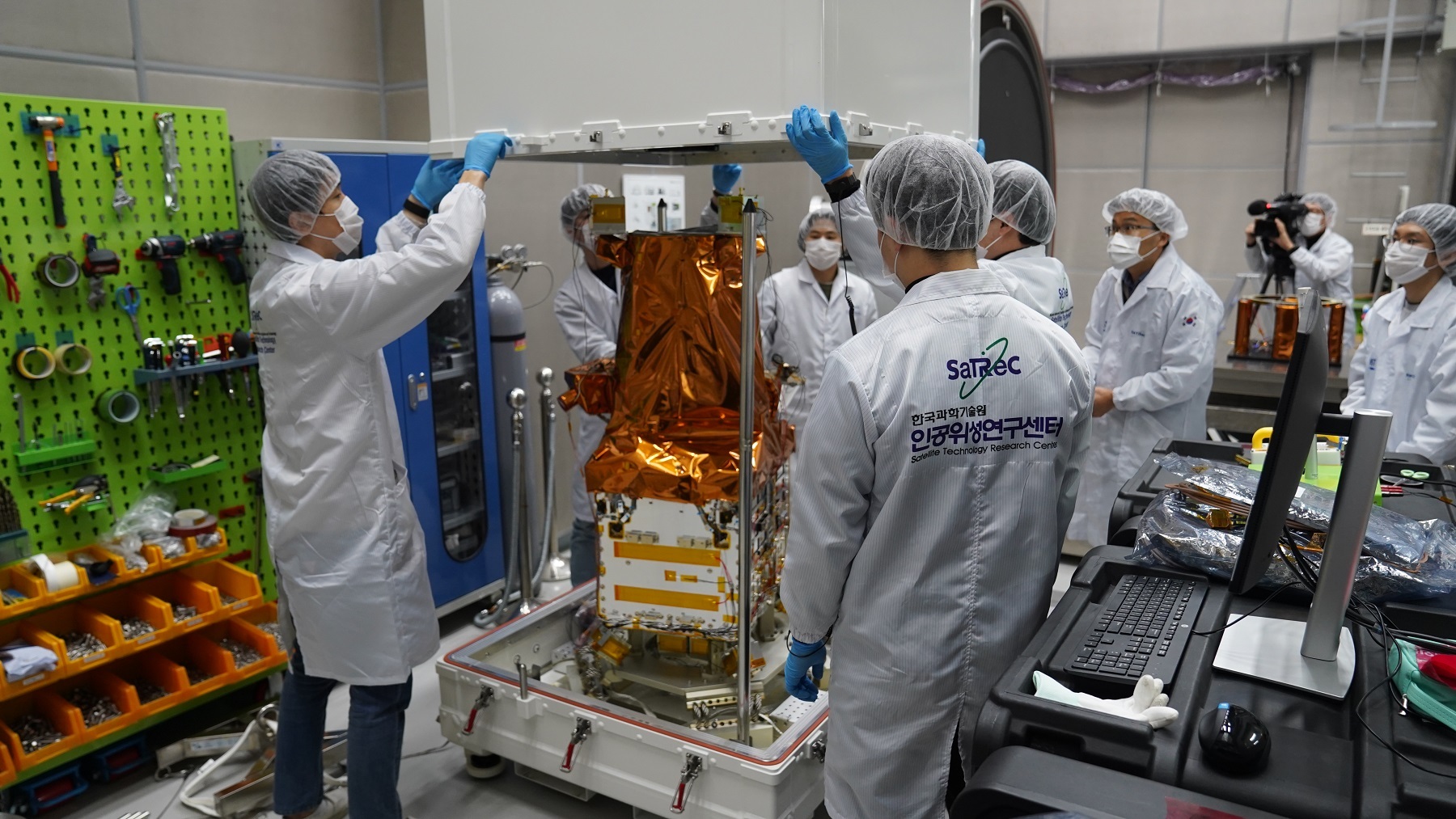A potential new way to travel through space launched aboard Rocket Lab’s Electron rocket from Launch Complex 1 located on New Zealand’s Mahia Peninsula.
The mission, named “Beginning of the Swarm,” put two payloads into a Sun-synchronous orbit. The flight lifted off at 22:32 UTC on April 23, 2024.
One of the two payloads aboard the mission is NASA’s Advanced Composite Solar Sail System (ACS3). The goal is to test a new composite that can be folded up inside something as small as a CubeSat and still deploy and remain rigid once in space.
For this test, the solar sail is designed to fit inside a 12-unit (12U) CubeSat, which measures approximately 23 by 23 by 34 centimeters (9 by 9 by 13 inches). This is comparable to the size of a microwave.
A solar sail involves deploying a large metallic sheet that acts like the sail on a sailboat. Similar to a boat, it uses a boom to extend the sails. Rather than using chemical or electrical propulsion, these sails use sunlight and solar wind to help push a spacecraft or satellite.
For this mission, flying the sail is objective number two. The first objective is to unfold the entire sail in approximately 25 minutes and see how well it holds up.
Once unfurled, the square-shaped sail will measure approximately 9 meters (30 feet) per side.



If you’re interested in spaceflight in general you could subscribe to the general !spaceflight@sh.itjust.works sublemmy. If anything newsworthy happens, @llamacoffee@lemmy.world or I will probably post articles there.
Done. Cheers mate